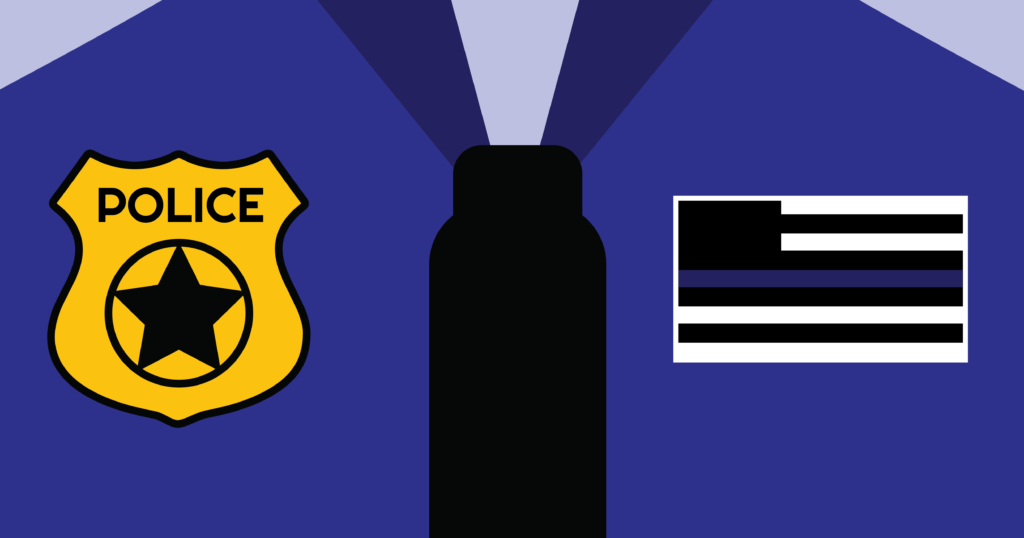A recent opinion piece urged readers not to display the thin blue line flag because its originator was allegedly a racist, it has been co-opted by groups who are undoubtedly racist and it fosters an “us-them” mentality as between law-abiding citizens and criminals, i.e., one that fails to include criminals in society, with race being the supposed criteria for criminal status.
The thin blue line is, of course, more than a flag–it’s a metaphor, a charitable foundation, a logo that appears on a variety of items and its origins are many and varied; it is even reminiscent of Thucydides’ observations (during a plague, no less) about the “thin veneer of civilization.”
Even if we accept as true the claim that a police chief who popularized the phrase was a racist, it doesn’t follow that everyone who uses it must be a racist. The founder of Planned Parenthood, Margaret Sanger, was a eugenicist who targeted poor and minority women for abortions, yet no one holds that against Planned Parenthood today.
Nor does it follow that, because the flag has been flown by extremist groups, everyone who displays it is a racist. The Black Lives Matter flag has likewise been co-opted by groups and individuals who have engaged in rioting, looting, arson and other acts of violence, yet no one holds that against the Black Lives Matter movement. Even my first name has been co-opted as a term for an entitled, demanding, middle-aged white woman, but so far no one has held that against me.
Regarding whether the flag fosters an “us-them” mentality, the “thin blue line” indeed refers to police being the only thing that stands between order and chaos, peace and violence and yes, law-abiding citizens and criminals. Those who think this is divisive, however, need to “check their privilege” – the one bestowed upon them by living in safe neighborhoods and enjoying the “freedom from fear” envisioned by Norman Rockwell. In other words, if you’ve never re-arranged your furniture so as to minimize your chances of being killed in a drive-by shooting, you aren’t in a position to complain about criminals being labeled as such or not being sufficiently included in society. Those who think this is divisive should also reflect upon their own willingness to affix labels to their fellow human beings and to exclude them from society on the basis of those labels.
There is no color associated with either the law-abiding citizens or the criminals who are separated by the thin blue line. Both are diverse groups, as are the police themselves, and any connection to racism exists only in the active imaginations of social justice warriors.
And, even if the thin blue line flag were really a symbol of hate as opposed to occupational and professional pride, its display would still be fully protected by the First Amendment. This in turn means that dialogue about it is always welcome but demands for it be removed, hidden or otherwise suppressed are always inappropriate.
Editor’s Note: The North Wind is committed to offering a free and open public forum of ideas, publishing a wide range of viewpoints to accurately represent the NMU student body. This piece is a letter to the editor, written by a reader of the North Wind in response to North Wind content. It expresses the personal opinions of the individual writer, and does not necessarily reflect the views of the North Wind. The North Wind reserves the right to avoid publishing letters that do not meet the North Wind’s publication standards. To submit a letter to the editor contact the opinion editor at opinion.northwind@gmail.com with the subject North Wind Letter.






























